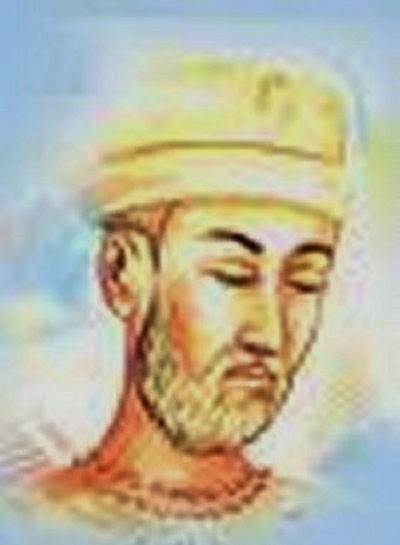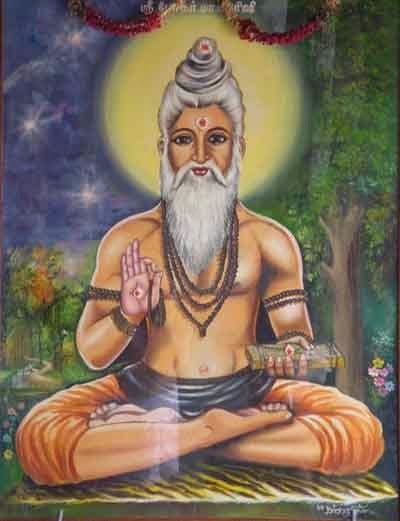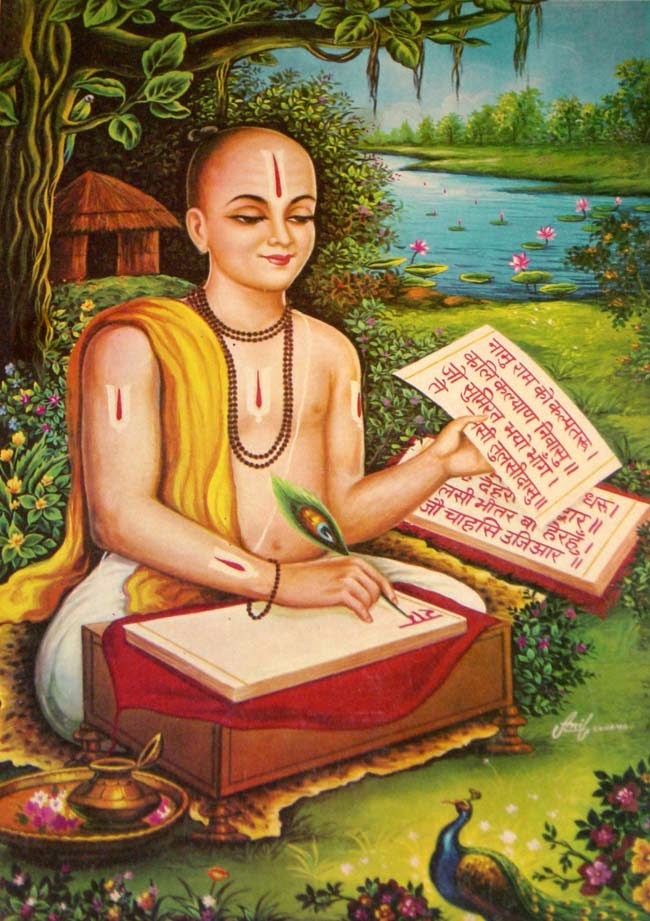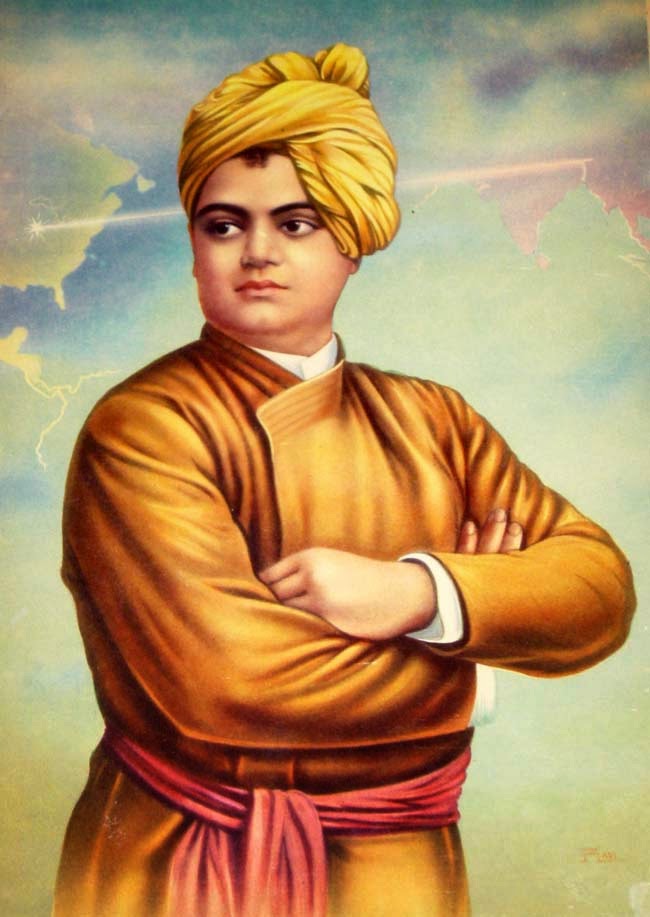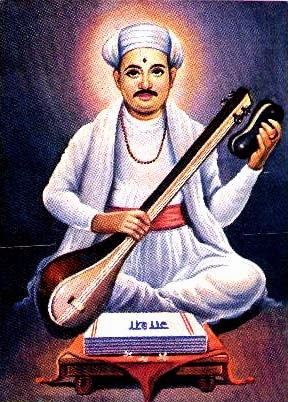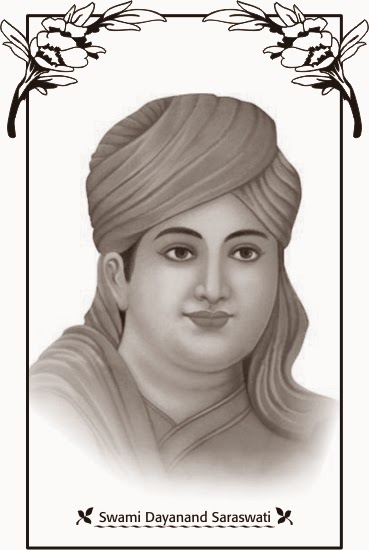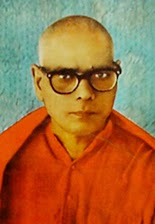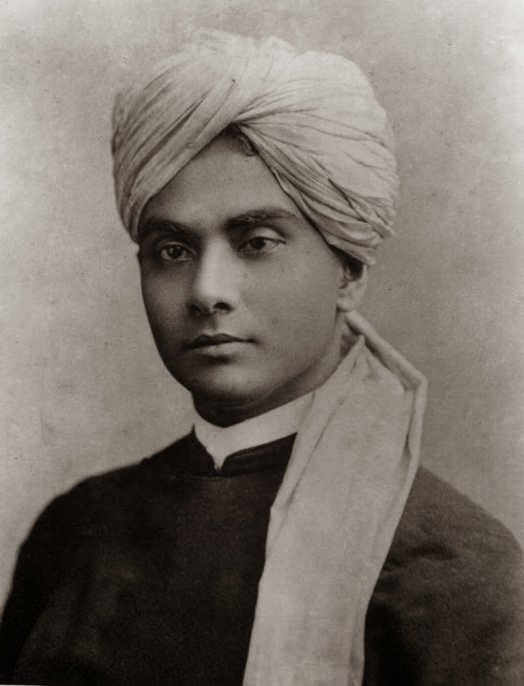About Guru Nanak
Guru Nanak About this sound pronunciation (15 April 1469 – 22 September 1539) is the founder of the religion of Sikhism and is the first of the Sikh Gurus. His birth is celebrated world-wide on Kartik Puranmashi, the full-moon day which falls on different dates each year in the month of Katak, October–November.
Guru Nanak travelled far and wide teaching people the message of one God who dwells in every one of God's creations and constitutes the eternal Truth. He set up a unique spiritual, social, and political platform based on equality, fraternal love, goodness, and virtue.
It is part of Sikh religious belief that the spirit of Guru Nanak's sanctity, divinity and religious authority descended upon each of the nine subsequent Gurus when the Guruship was devolved on to them.
Family and early life
Guru Nanak was born on 15 April 1469, now celebrated as Guru Nanak Gurpurab, at Rāi Bhoi Kī Talvaṇḍī, now called Nankana Sahib, near Lahore, in present day Pakistan. Today, his birthplace is marked by Gurdwara Janam Asthan. His parents were Kalyan Chand Das Bedi, popularly shortened to Mehta Kalu, and Mata Tripta. His father was a patwari (accountant) for crop revenue in the village of Talwandi, employed by a Muslim landlord of that area, Rai Bular Bhatti.
He had one sister, Bibi Nanaki, who was five years older than him and became a spiritual figure in her own right. In 1475 she married Jai Ram and went to his town of Sultanpur, where he was the steward (modi) to Daulat Khan Lodi, the eventual governor of Lahore during the Afghan Lodhi dynasty. Nanak was attached to his older sister, and, in traditional Indian fashion, he followed her to Sultanpur to live with her and her husband. Nanak also found work with Daulat Khan, when he was around 16 years old. This was a formative time for Nanak, as the Puratan (traditional) Janam Sakhi suggests, and in his numerous allusions to governmental structure in his hymns, most likely gained at this time.
Commentaries on his life give details of his blossoming awareness from a young age. At the age of five, Nanak is said to have voiced interest in divine subjects. At age seven, his father enrolled him at the village school as was the custom. Notable lore recounts that as a child Nanak astonished his teacher by describing the implicit symbolism of the first letter of the alphabet, which is an almost straight stroke in Persian or Arabic, resembling the mathematical version of one, as denoting the unity or oneness of God. Other childhood accounts refer to strange and miraculous events about Nanak, such as one witnessed by Rai Bular, in which the sleeping child's head was shaded from the harsh sunlight, in one account, by the stationary shadow of a tree or, in another, by a poisonous cobra.
On 24 September 1487 Nanak married Mata Sulakkhani, daughter of Mūl Chand and Chando Rāṇī, in the town of Batala. The couple had two sons, Sri Chand (8 September 1494 – 13 January 1629) and Lakhmi Chand (12 February 1497 – 9 April 1555).
Biographies
The earliest biographical sources on Nanak's life recognised today are the Janamsākhīs (life accounts) and the vārs (expounding verses) of the scribe Bhai Gurdas. The most popular Janamsākhī were allegedly written by a close companion of the Guru, Bhai Bala. However, the writing style and language employed have left scholars, such as Max Arthur Macauliffe, certain that they were composed after his death.
Gurdas, a purported scribe of the Gurū Granth Sahib, also wrote about Nanak's life in his vārs. Although these too were compiled some time after Nanak's time, they are less detailed than the Janamsākhīs. The Janamsākhīs recount in minute detail the circumstances of the birth of the guru.
Sikhism
Rai Bular, the local landlord and Nanak's sister Bibi Nanaki were the first people who recognised divine qualities in the boy. They encouraged and supported him to study and travel. Sikh tradition states that at around 1499, at the age of 30, he had a vision. After he failed to return from his ablutions, his clothes were found on the bank of a local stream called the Kali Bein. The townspeople assumed he had drowned in the river; Daulat Khan had the river dragged, but no body was found. Three days after disappearing, Nanak reappeared, staying silent. The next day, he spoke to pronounce:
"There is neither Hindu nor Mussulman (Muslim) so whose path shall I follow? I shall follow God's path. God is neither Hindu nor Mussulman and the path which I follow is God's."
Nanak said that he had been taken to God's court. There, he was offered a cup filled with amrita (nectar) and given the command,
"This is the cup of the adoration of God's name. Drink it. I am with you. I bless you and raise you up. Whoever remembers you will enjoy my favour. Go, rejoice of my name and teach others to do so. I have bestowed the gift of my name upon you. Let this be your calling."
From this point onwards, Nanak is described in accounts as a Guru, and Sikhism was born.


